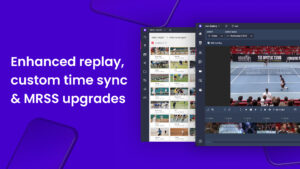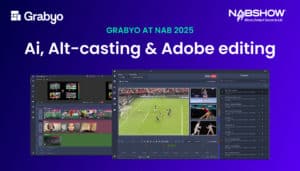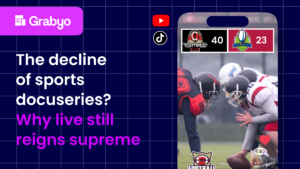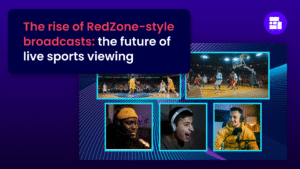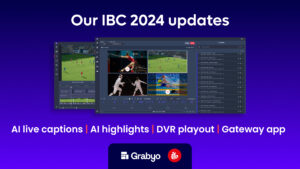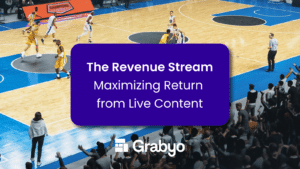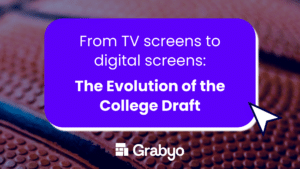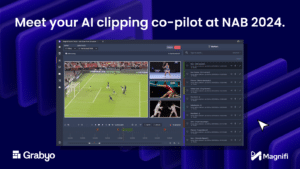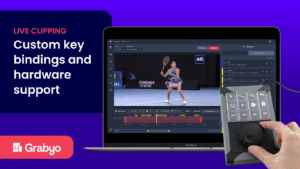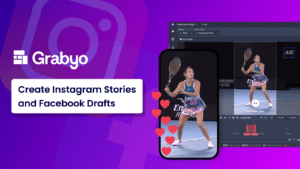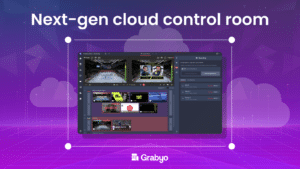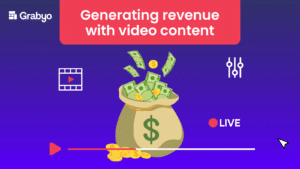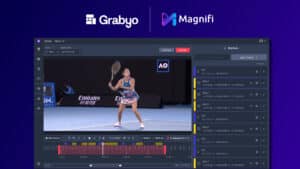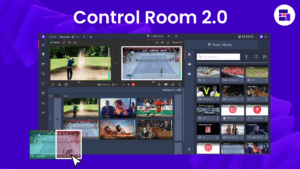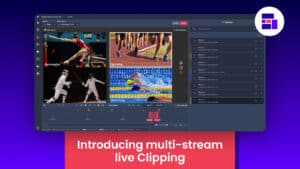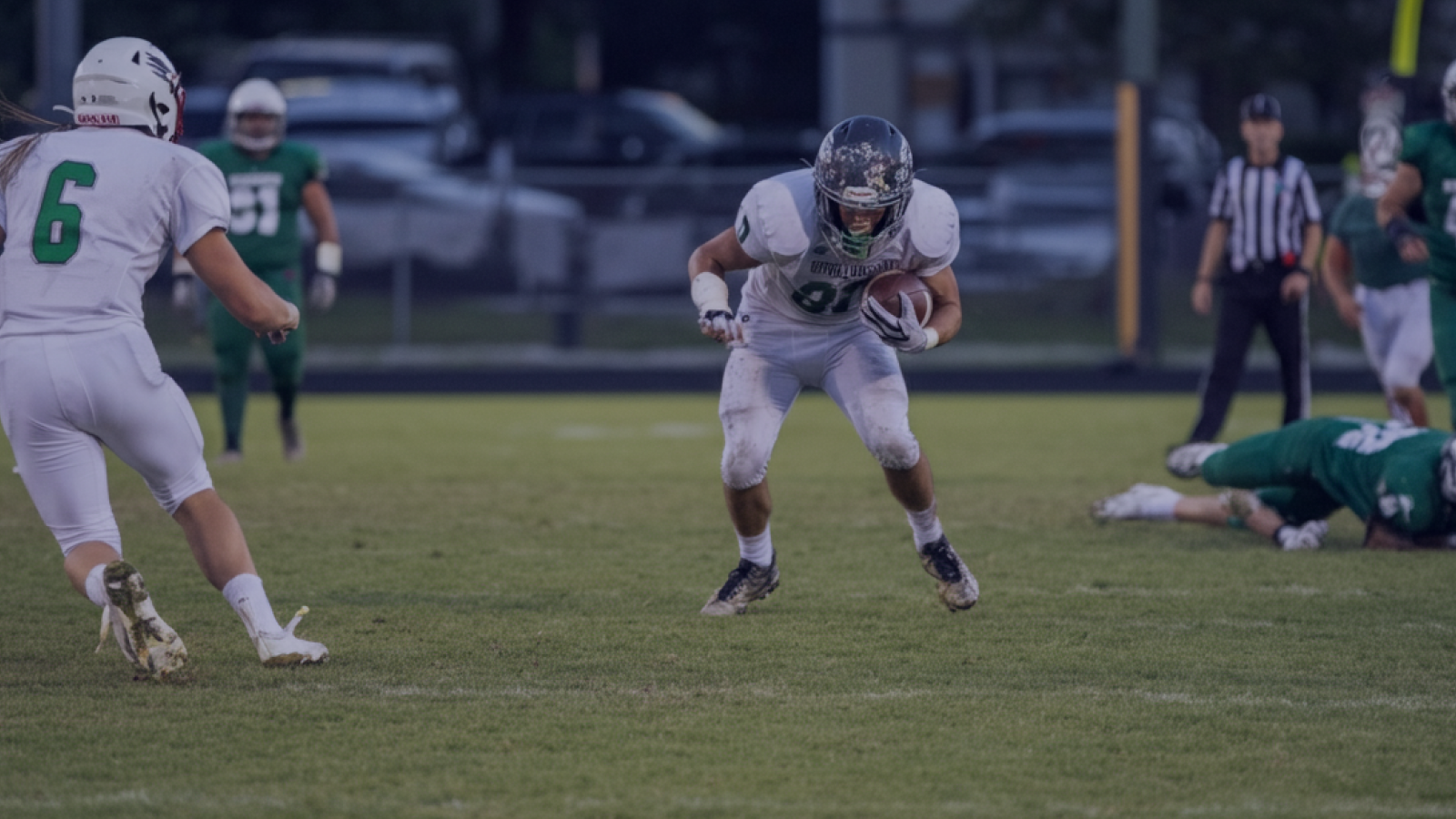
Money, influence and innovation: the celebrity takeover in sports
Celebrity investment in sport; a game-changer or a passing fad?
The rise of athlete-backed ventures and celebrity ownership is no longer just a trend; it’s becoming a defining feature of modern sports. If you need proof that sports investment is entering a new era, just look at the big names getting involved. From Kylian Mbappé taking a major stake in SailGP to Shaun White launching his own winter sports tournament and Serena Williams investing in the WNBA’s Toronto Tempo, high-profile names are reshaping the industry. But why is this happening, and what does it mean for fans and the future of sports?
What’s driving this shift?
The athlete-investor perspective
Athlete investment is nothing new. Back in 2011, basketball legend Shaquille O’Neal became a major franchisee for Five Guys, owning 155 stores; an impressive 10% of the entire company’s portfolio. Before his recent investment in Liverpool FC, LeBron James also made strategic investments, including a stake in Beats Electronics, which reportedly earned him $700 million when Apple acquired the company in 2014.
While athletes continue to diversify their portfolios with property, food, and beverage investments, sports have emerged as a high-growth sector. Even in the face of inflation and rising interest rates, the demand for professional franchises, women’s leagues, college sports, and digital assets has surged, making sports an increasingly attractive market for investors.
Major leagues such as the NFL, NBA, and MLS are experiencing record valuations, with soccer, in particular, becoming a global investment hotspot due to its soaring popularity among younger audiences. Women’s sports are also on the rise, with leagues like the NWSL seeing team valuations grow by 57% last year. With this trajectory, it’s no surprise that athletes are viewing sports investment as both a lucrative and legacy-defining move.
One key driver of this is diversification. Athletes often have short career spans, and investing in leagues or tournaments allows them to establish revenue streams beyond their playing days. Kylian Mbappé’s involvement in SailGP is a prime example; rather than just being an ambassador, he’s positioning himself as a key stakeholder in the sport’s future.
Then there’s the passion factor. Snowboarding legend Shaun White has taken matters into his own hands, launching a winter sports tournament that breaks free from the constraints of traditional seasonal structures. This not only keeps athletes competing year-round, with the added incentive of lucrative payouts, but also keeps fans engaged beyond the typical winter sports calendar.
Athlete-led investments also bring authenticity and influence. Serena Williams’ stake in the WNBA’s Toronto Tempo is not just a business move, it’s a statement about the growing impact of women’s sports. Such investments lend credibility to emerging leagues and tournaments, inspiring a new generation of athletes and fans.
The market is primed for this shift, and as sports continue to command premium valuations, expect to see even more high-profile names stepping into ownership roles. With digital media accelerating global access to sports content, these investments are about more than just ownership, they’re about building the future of sports entertainment.
The fan perspective
Sports consumption has evolved drastically in the digital age, in fact you only have to look at the recent decline of the traditional RSN model. Fans are no longer content with traditional, passive viewing experiences; they crave engagement, interactivity, and authenticity.
A major factor driving this shift is demand for deeper connections. Younger audiences, in particular, want more than just a game. They want access to the behind-the-scenes world of their favorite athletes. When celebrities invest in leagues and teams, it creates an instant emotional connection with fans who already admire them.
One of the biggest, and most notable, impacts of this shift is how sports content is produced and consumed. These athlete-led ventures aren’t just about competition; they’re about storytelling, fan engagement, and building global communities. As digital-first audiences demand more access, highlights, and behind-the-scenes content, the role of live video distribution has never been more crucial. The rise of celebrity ownership isn’t just changing the business of sports. It’s redefining how the game is experienced in real time.
Moreover, modern sports consumers expect personalization and innovation. Digital platforms, augmented reality, and interactive viewing experiences, such as ESPN’s AI-powered standalone app and the Australian Open’s AO Animated, demonstrates that fans want customized, immersive content.
Innovation and the future of fan engagement
Celebrity investment is not just about ownership; it’s about reinventing the fan experience. More than ever, athlete investors and high-profile sports figures are leveraging their influence and capital to drive innovation in how sports are produced, distributed, and consumed.
One of the most exciting avenues for this transformation is digital innovation in live sports production. With younger audiences favoring instant access and on-demand content, athlete-backed ventures are embracing technology to deliver real-time video, highlights, and interactive experiences. The ability to offer behind-the-scenes footage, interactive live streams, and instant highlights allows celebrity-owned sports ventures to differentiate themselves and build deeper connections with their audiences.
The increase of these digital-first sports formats demonstrates how high-profile athletes are reshaping the industry to better align with modern fan consumption habits. Gerard Piqué, founder of the King’s League, is a vocal spokesperson and driving force behind the format, and has championed the league’s digital-first economics, highlighting how cutting out traditional rights structures has allowed for greater creativity and reach. Similarly, creators-turned-athletes like KSI have co-founded ventures like Misfits Boxing, merging influencer culture with sport to engage younger, online-first audiences through YouTube and pay-per-view streaming.
On the other end of the spectrum, Tom Brady’s Religion of Sports media company shows how elite athletes are building premium, narrative-driven content platforms tailored to digital consumption. Increasingly, we’re seeing sports figures take a hands-on role in shaping formats and experiences. fusing sport, entertainment, and direct-to-fan storytelling. This shift reflects a key advantage of celebrity investment in sports: the ability to reimagine formats, schedules, and engagement models without being constrained by external rightsholders.
Meanwhile, new athlete-founded leagues such as Unrivaled Basketball, established by Napheesa Collier and Breanna Stewart, are challenging traditional sports calendars, creating year-round engagement opportunities for players and fans alike. This reflects a broader trend in celebrity-driven sports ownership, where investment extends beyond game-day operations into shaping an always-on, digital-first ecosystem.
As digital-first engagement becomes the foundation of modern sports, athlete investors who prioritize real-time content distribution, interactivity, and accessibility will be the ones shaping the future of the industry. This evolution presents a massive opportunity for sports organizations to embrace cutting-edge digital tools and fan-first strategies that keep audiences engaged in new and innovative ways, proving that celebrity ownership today is about more than just a seat at the table; it’s about leading the charge in redefining the game.
Success stories and missed opportunities
The most impactful celebrity-backed ventures aren’t just about star power – they work when there’s alignment between the personality of the investor, the digital ambitions of leagues and rightsholders, and what fans actually want. When that chemistry clicks, the results can be transformative. When it doesn’t, the disconnect is hard to ignore.
Who’s getting it right?
- 🏀 Unrivaled Basketball League 🏀 With backing from stars like Coco Gauff and Giannis Antetokounmpo, this league is setting a precedent for athlete-led innovation in women’s sports.
- ⚽️ The King’s League ⚽️ Its entertainment-first approach has captured younger audiences and kept them engaged beyond conventional football seasons.
- ⛵️SailGP and WNBA Investments⛹️♀️ With figures like Mbappé and Williams on board, these leagues are benefiting from increased visibility and strategic growth.
Who’s missing the mark?
- 🏟️ Virtual ownership gimmicks🏟️ Some clubs, like Dundee United, attempted to sell digital ownership of stadium turf to fans, a move that was met with confusion rather than enthusiasm. The lesson? Fans want meaningful engagement, not just novelty concepts.
How Grabyo can help shape this future
With sports consumption increasingly moving towards on-demand, interactive, and social-first formats, live cloud production platforms like Grabyo play a crucial role. By enabling live video production, instant social media content distribution in all aspect ratios, and digital-first fan engagement strategies, Grabyo allows leagues, teams, and investors to meet fans where they are; on their phones, tablets, and social platforms.
Athlete-backed leagues and tournaments need digital tools that keep fans engaged in real-time. Whether it’s instant highlights, interactive vertical live streams, or behind-the-scenes footage, platforms like Grabyo ensure that these new sports ventures don’t just capture attention but sustain it over time.
Final thoughts
The growing intersection of celebrity investment and innovative sports models is fundamentally altering the industry. As digital-first consumption continues to rise, sports organizations must rethink their approach to audience engagement. Athletes and celebrities bring not just money, but influence and authenticity, two ingredients essential for fostering deeper fan connections.
For organizations looking to capitalize on this shift, the message is clear: embrace digital transformation, invest in storytelling, and create fan-first experiences. The future of sports isn’t just about what happens on the field, it’s about how effectively we bring fans into the game, anytime, anywhere.

